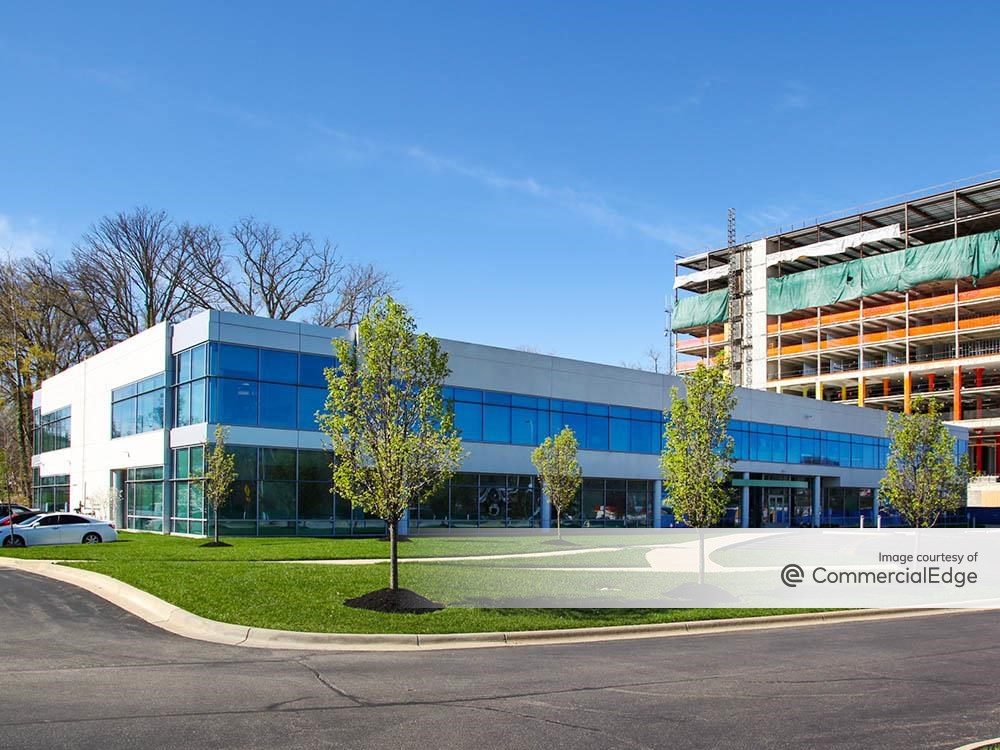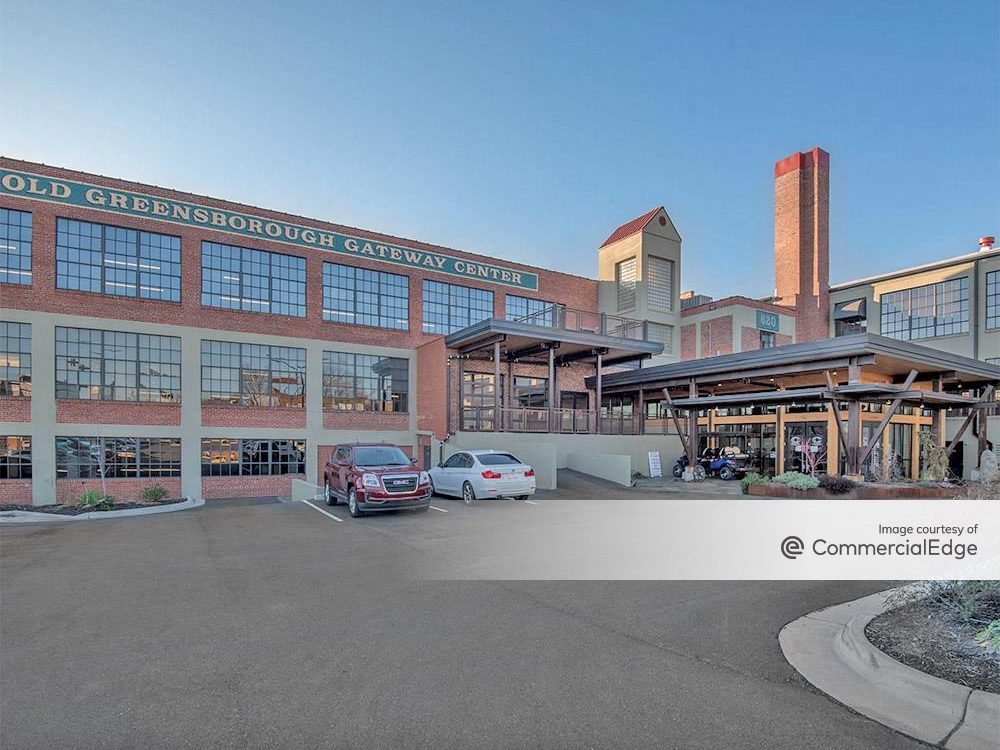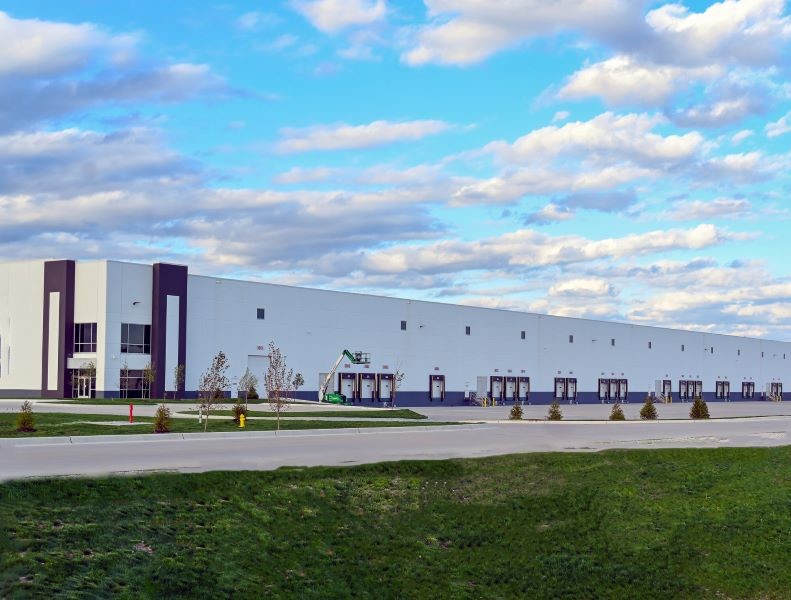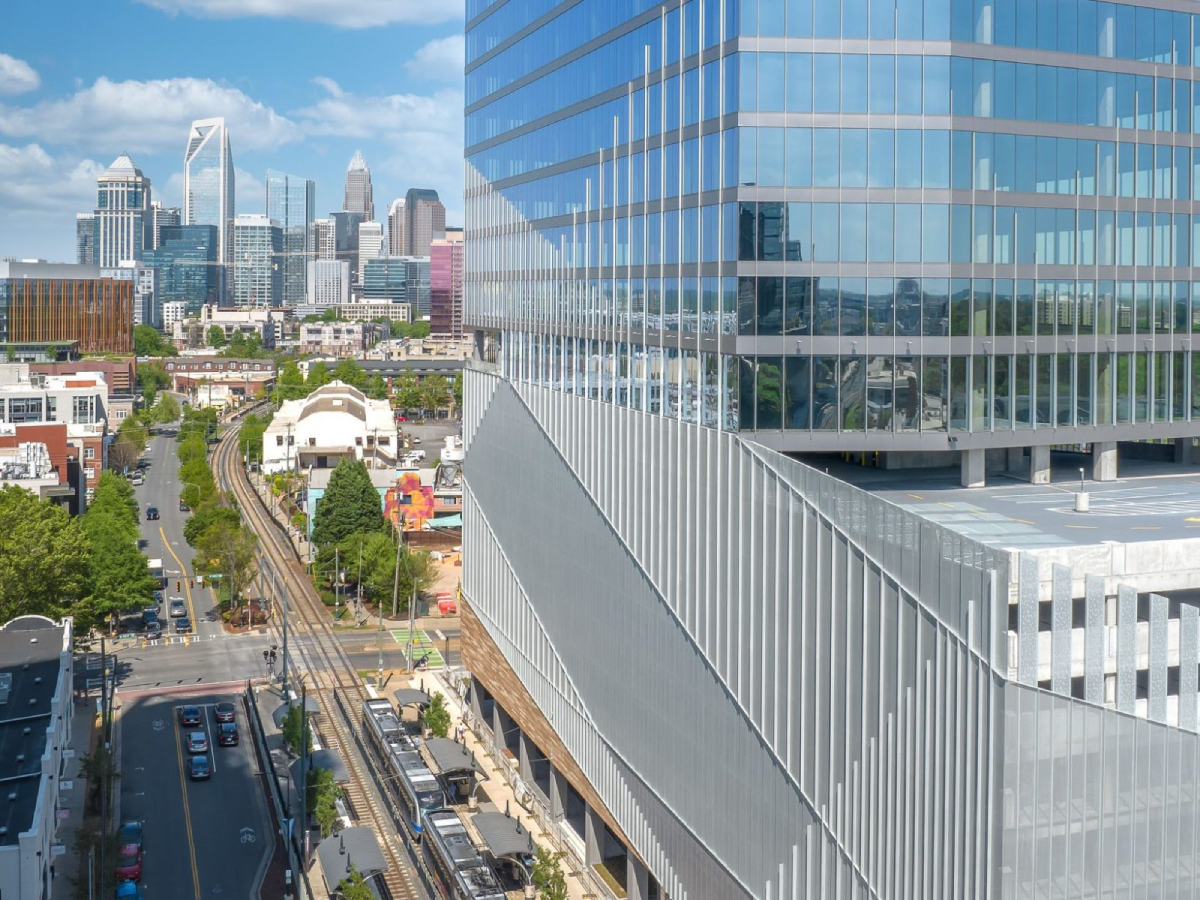Prism to Launch $230M Adaptive Reuse Development in NJ
Construction is expected to begin this spring on the $230 million Edison Village project in West Orange, N.J., which will transform 21 acres in the town’s downtown area, including the historic Thomas Edison factory, into 331 rental apartments and 18,000 square feet of retail.
By Gail Kalinoski, Contributing Editor
Construction is expected to begin this spring on the $230 million Edison Village project in West Orange, N.J., which will transform 21 acres in the town’s downtown area, including the historic Thomas Edison factory, into 331 rental apartments and 18,000 square feet of retail.
Prism Capital Partners of Bloomfield, N.J., was named the designated redeveloper of the site by the West Orange Township in December 2006. By 2008, the firm had completed a significant amount of demolition and site work for Edison Village, which is the largest non-waterfront adaptive-reuse redevelopment project in New Jersey. Plans were put on hold for several years once the housing crisis occurred in 2008 followed by the recession.
The final site plan approval for Phase I, which was recently obtained by the developers, calls for some changes in the housing configuration. Penthouses and condominiums were eliminated and the entire project consists of studios, one-bedroom, two-bedroom three-bedroom rentals ranging in size from 590 to 1,500 square feet. Phase I also includes a 630-vehicle parking garage. Phase II will add at least 300 more housing units. The retail portion of the project, to be located on the corner of Charles Street along Main Street, will have restaurants and service-oriented shops.
“Prism set the direction by creating the best implementation strategies for achieving the community’s vision, while protecting and preserving the historic resources of the township,” West Orange Mayor Robert Parisi said in a statement. “They saw Main Street’s potential, and have remained faithful and loyal to the success for our downtown and for our township.”
The factory complex was built by Thomas Edison in 1913 and was used until 1965. Edison employees manufactured storage batteries used in light trucks, automobiles, railroad signals and for mining and other industrial purposes. The factory, which is on the National Historic Register of Historic Places and has similar state and local designations, will be renovated and reconstructed as rental apartments.
“Since industrial structures of this type are few and far between in suburban New Jersey, Edison Village truly represents a distinctive project,” said Edwin Cohen, a Prism principal partner. “The design, by Minno & Wasko Architects and Planners, takes advantage of existing architectural features to incorporate ceiling heights ranging from 14 to 16 feet and 10-foot windows that will let in abundant natural light.”
The project is being constructed to meet LEED green building standards and will include parks and open spaces. Residents of Edison Village will have access to a private fitness center, swimming pool, personal and bike storage, meeting rooms, and doorman service.
Edison Village is being funded in part by a PILOT, or payment in lieu of taxes, program with the township. In addition to those payments, Cohen said the project is expected to revitalize the neighborhood and generate about $10 million of additional local retail spending each year.
This is not the first adaptive reuse project being developed by Prism, which was founded in 2002. The firm is currently redeveloping the 115-year-old former General Electric Co. property in Bloomfield into rental apartments. Visible from the Garden State Parkway, the $90 million Parkway Lofts project is under construction.
Prism appears to have made the right decision to turn both adaptive reuse projects into rentals. In its Fourth Quarter 2012 Apartment Research Report for New Jersey, Marcus & Millichap notes that, “The New Jersey apartment market continues to benefit from an improving employment picture as the recovery spreads through the state.” The report adds that demand for rental housing has “driven vacancy sufficiently lower, with Central and Northern New Jersey weighing in below 5 percent, and with Southern New Jersey’s vacancy just above 5 percent, warranting a more aggressive resumption in development after an extended period of dormancy.”
Like us on facebook: https://www.facebook.com/pages/Commercial-Property-Executive/258033884191








You must be logged in to post a comment.